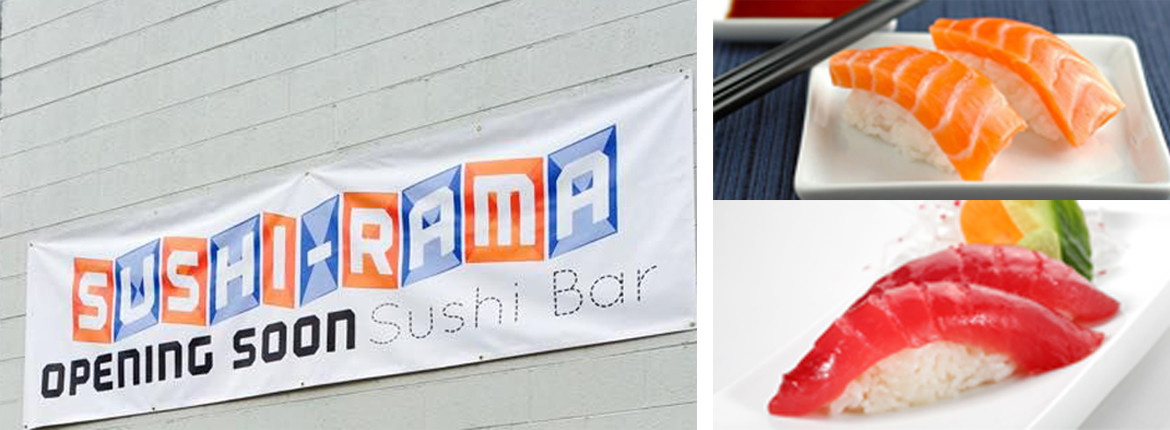All of Denver’s food community is looking forward to the opening of Jeff Osaka’s Sushi Rama this year. One of the many reasons for the excitement is so that they can experience kaiten sushi: sushi on a conveyer belt.
If you’ve never eaten at a conveyor belt sushi restaurant before, you definitely should head to Sushi Rama once it opens. This form of fast-food sushi is popular in Japan and many urban areas in America. After the sushi chefs prepare the product, it is plated and set on a conveyor belt that travels past the customers sitting at the counter and tables. They can then snatch up what they want as the plates pass by, making for a fast and easy meal.
Kaiten-zushi, literally “rotation sushi” was invented by restaurant owner Yoshiaki Shiraishi. He had a hard time keeping his restaurant staffed and couldn’t manage the operations on his own. He wanted to serve more customers quickly and efficiently while still keeping costs down. Shiraishi was inspired to create the machine after watching beer bottles travel along a conveyor belt in an Ashai brewery.
After five years of design and development he opened the first conveyor belt sushi restaurant, called Mawaru Genroku Sushi, in Osaka in 1958 and it was an instant hit. The method of delivery allowed him to quickly serve customers without adding staff. While he initially just used chairs around a central bar where the conveyor belt traveled, he soon added tables which increased his seating and allowed for groups.
Getting the timing of the conveyor belt proved to be a challenge for Shiraishi. Too fast and the sushi could dry out or there could be accidents, too slow and customers complained about the wait. He settled on eight centimeters per second.
Conveyor belt sushi experienced a big boom in popularity in the 1970’s after Shiraishi opened one of his Genroku Sushi restaurants at the Osaka World Expo. This brought his unique invention to a huge international audience. People loved being able to eat quickly and affordably and at one point he had 240 conveyor belt sushi restaurants in Japan.
The idea was slower to spread outside of Japan but today you can enjoy freshly made sushi and other menu items like drinks, desserts, soup and appetizers. Many restaurants in Japan also feature touch screens at each table that allow customers to place special orders and play games for prizes. Billing is conveniently handled with color coded plates that are tallied when the customers are finished.

